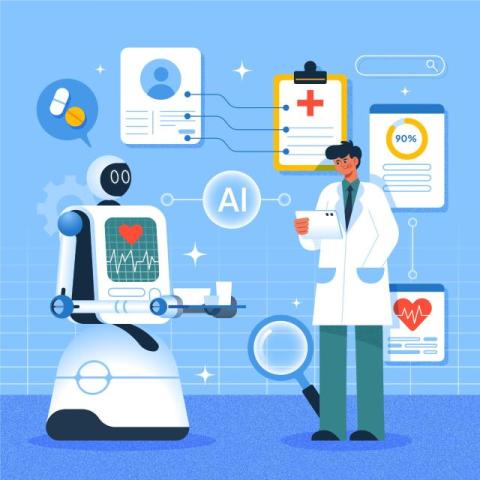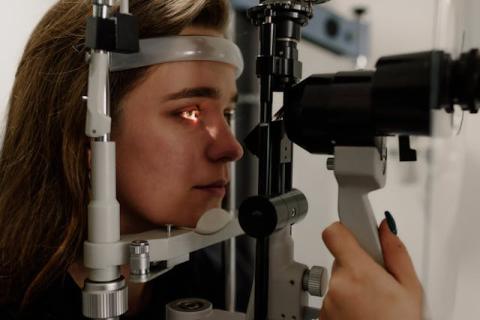How is Technology Impacting the Healthcare Industry
Before AI-based healthcare technology, healthcare was often slow and limited. Doctors relied mostly on their own knowledge and simple tools. Patients had to wait a long time for appointments and test results. Keeping track of medical records meant stacks of paper files. Today, AI-based healthcare tech is changing everything. Smart machines help doctors spot diseases faster and more accurately. Patients can talk to healthcare providers through their phones or computers. Robots even assist in complex surgeries.











